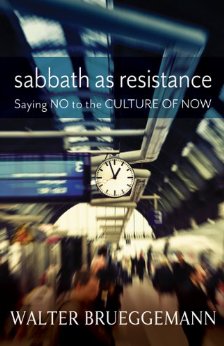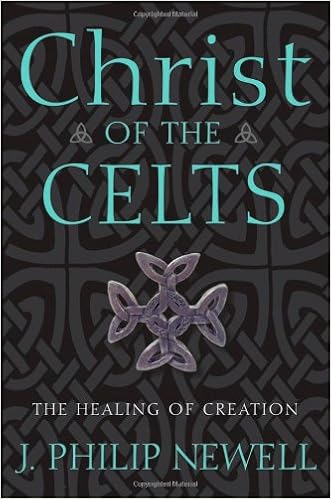by Walter Brueggemann.
Brueggemann uses the Sabbath as a prism through which we understand economics and social relations and the ideological assumptions embedded in each.

Brueggemann uses the Sabbath as a prism through which we understand economics and social relations and the ideological assumptions embedded in each.

“The demands of market ideology pertain as much to consumption as they do to production” (Brueggemann xii). It is “Pharaoh’s insatiable script.”
“Wherever YHWH governs as an alternative to Pharaoh, there the restfulness of YHWH effectively counters the restless anxiety of Pharaoh” (xiii).
Sabbath and the First Commandment
God is embedded in a narrative and cannot be known outside that narrative (2). The Sabbath commandment is drawn into the Exodus, whose narrative matrix is that of YHWH.
The economics of Pharaoh:
- every socioeconomic system will be legitimized by some god (3).
- The system is designed to create endless surplus, and thus endless storerooms.
- it makes a fetish of the market. The market generates a desire for commodities of a social value, making us want even more commodities, which takes on a life of its own.
- It creates anxiety.
- Pharaoh is anxious about the food monopoly (26).
- It is an ontology of violence (30-31).
The Sabbath is a commitment to covenant (relationship) rather than commodity (bricks). Most of the ten commandments have something to do with the horizontal “Other,” my neighbor. The economics of Pharaoh does not allow for neighborliness. The economics of the Sabbath demands it.
Thesis: “Sabbath is a bodily act of testimony to alternative and resistance to pervading values and assumptions behind those values” (21).
Resistance to Anxiety
Anxiety makes neighborliness impossible (26). God counters anxiety with neighborliness.
Resistance to Coercion
The prosperity of the land will eventually lead to two economic systems: possession or inheritance (38).
The aim of market ideology is to make us forget our rootage and to let ourselves be defined by alien expectations (39). The Sabbath makes us remember that God broke the cycle of coercive production.
Resistance to Exclusivism
Whom does Brueggemann think are the “Insiders?” Brueggemann suggests that Isaiah 56 reworks Dt 23 so that Sabbath is the criterion of membership (54). A Sabbath person is defined by justice, mercy, and compassion, and not competition, achievement, and production.
Sabbath and the Tenth Commandment
The 10th commandment rejects an attitude of “and a forced action to secure what is craved” (71). Given that the term “neighbor” occurs 3x in the commandment, it is also about preserving the neighborhood.
Brueggemann speculates, albeit with some justification, that these were agrarian peasants and the commandment ultimately applied to protecting them against urban elites, which in today’s terms meant:
- state power
- corporate wealth
- legal sharpness
- credentialed religion
In conclusion, the tenth commandment, and Sabbath-practice in general, is a safeguard for a certain way of organizing social power in the interest of the neighborhood (77).

